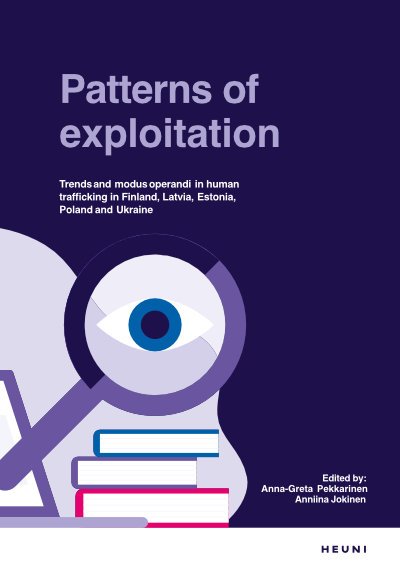By Xavier Becerra, et al.
As the California Department of Justice (Cal DOJ) issues its second report under Assembly Bill 103 (2017) (AB 103) about the conditions within locked facilities housing immigration detainees in California, the nation is in the midst of a struggle to control and prevent outbreaks of COVID-19. Detainees and staff in immigration detention facilities are particularly vulnerable due to the congregate nature of detention, and all parties connected to immigration detention—U.S. Immigration and Customs Enforcement (ICE), facility leadership and staff, off-site community hospitals, advocates, federal courts, and immigration detainees themselves—have been forced to respond to the crisis. Cal DOJ’s AB 103 review of the three immigration detention facilities featured in this report took place before the COVID-19 pandemic began, and insights gained from these and prior facility reviews prompted Attorney General Xavier Becerra to write to the Acting Secretary for Homeland Security on April 13, 2020, urging the release of immigration detainees and the adoption of safety protocols to minimize the spread of COVID-19. Nonetheless, while the average number of immigrants in ICE’s adult detention facilities across the nation decreased from 37,876 detainees in February 2020 to 19,989 detainees in September 2020, the overall average length of detention significantly increased during the same period from an average of 56.1 days to 91.3 days. This report presents Cal DOJ’s findings with respect to three privately-operated detention facilities: (1) the Adelanto ICE Processing Center (Adelanto), operated by The GEO Group, Inc.: (Geo Group); (2) the Imperial Regional Detention Facility (Imperial), operated by Management Training Corporation (MTC); and (3) the Otay Mesa Detention Center (Otay Mesa), operated by CoreCivic. Cal DOJ staff, along with correctional, medical, and mental health experts, toured each facility; interviewed staff and detainees; and reviewed and analyzed logs, policies, detainee records, and other documents to develop an understanding of the conditions of confinement and standard of care and due process provided to detainees at each facility. In addition, Cal DOJ administered two attorney surveys to analyze barriers and facilitation of due process in each of the three facilities, as well as the impact COVID-19 has had on detainees and their counsel.
San Francisco: California Office of the Attorney General, 2021. 160p.




















